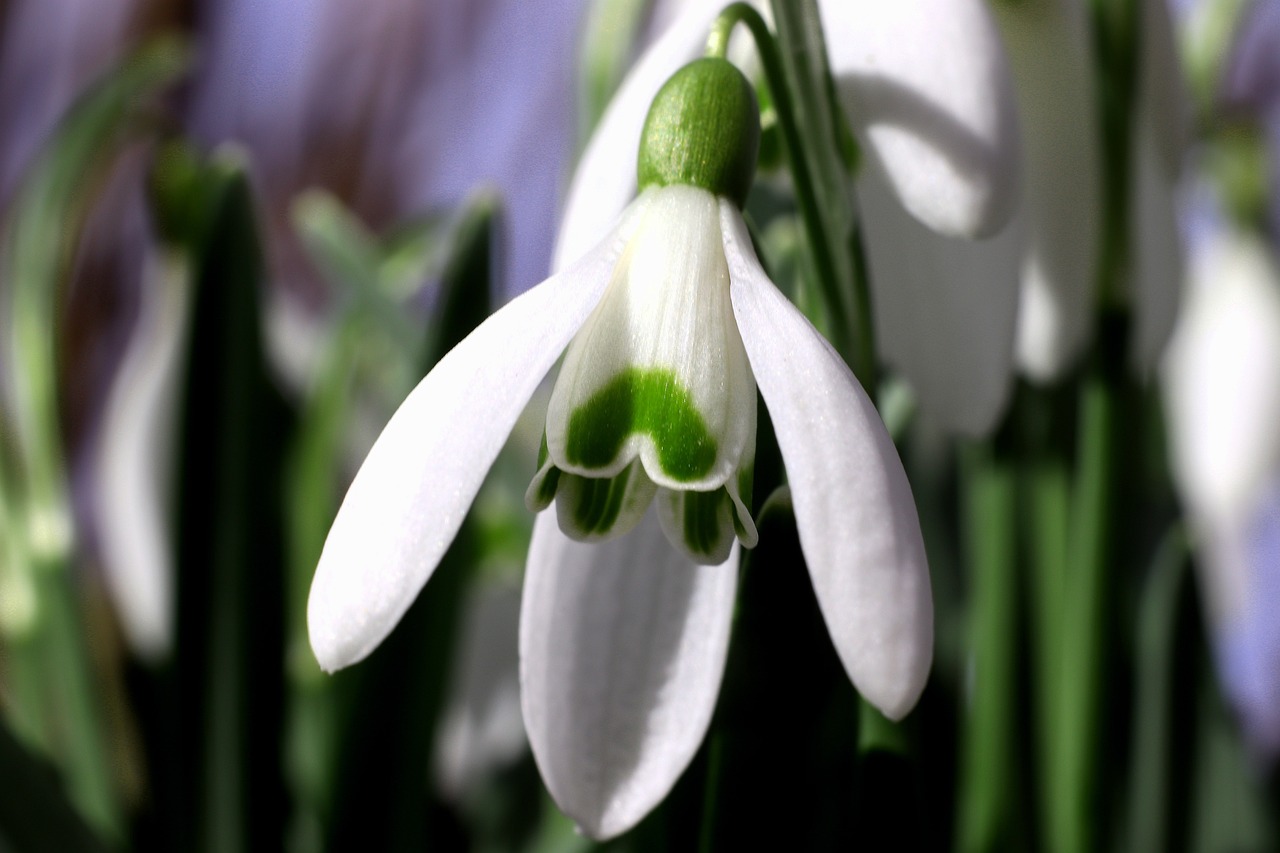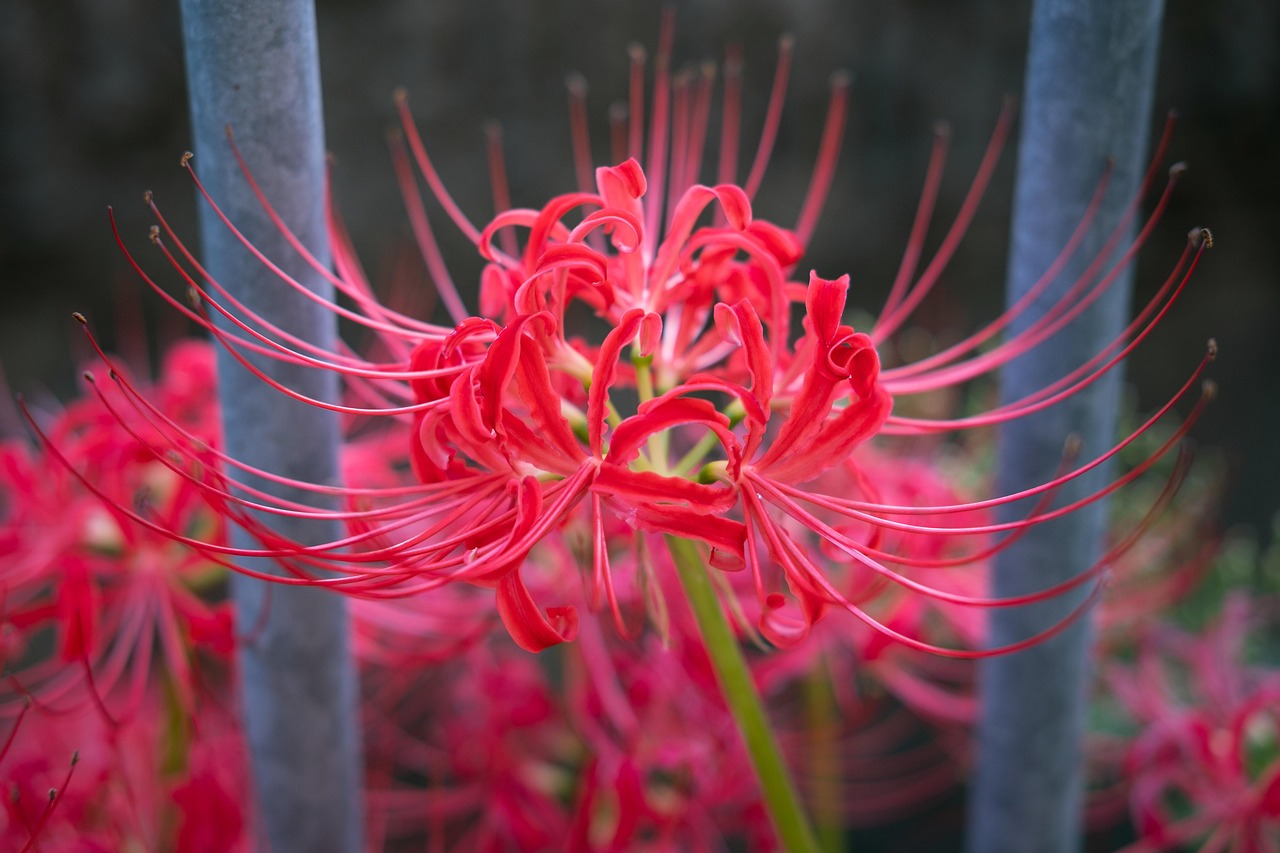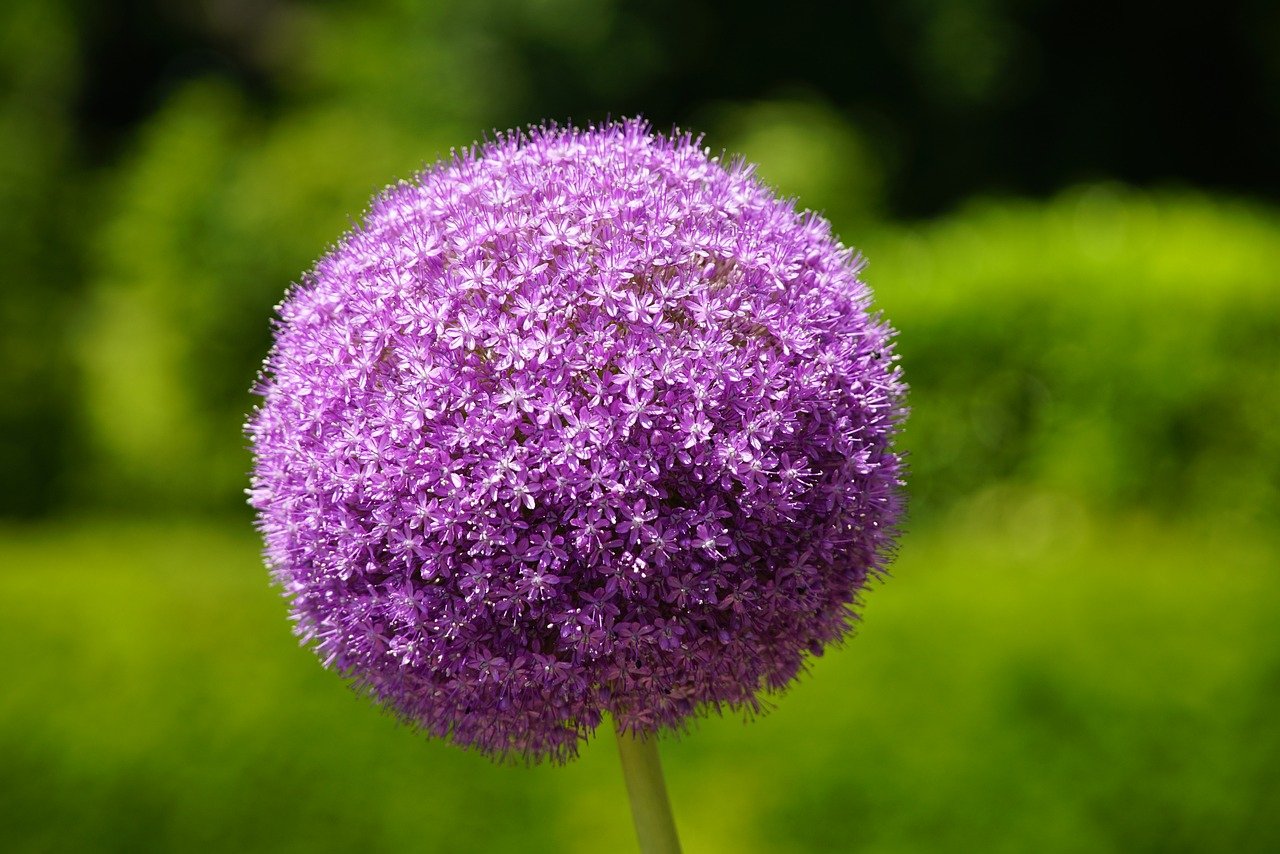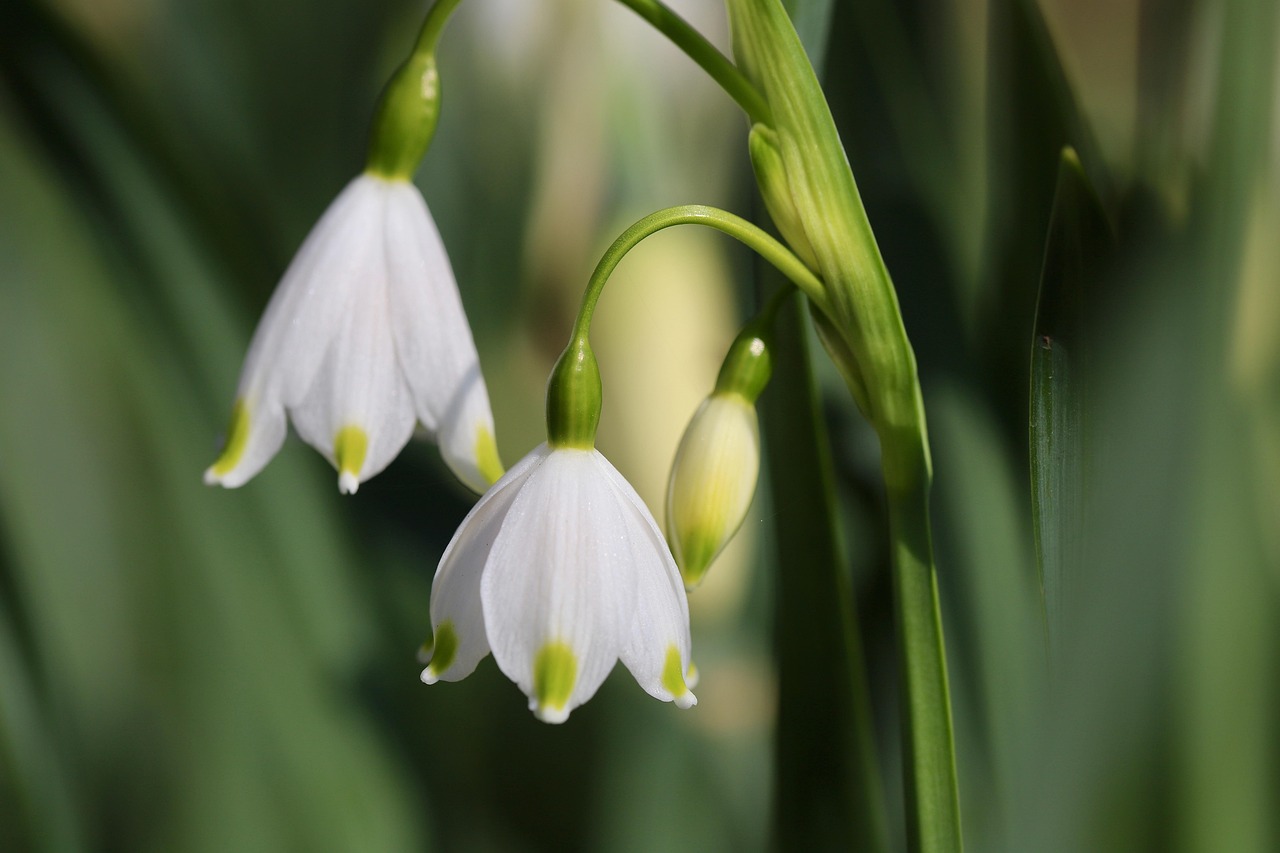Amaryllis | A Refined Winter Flower That Adorned European Salons
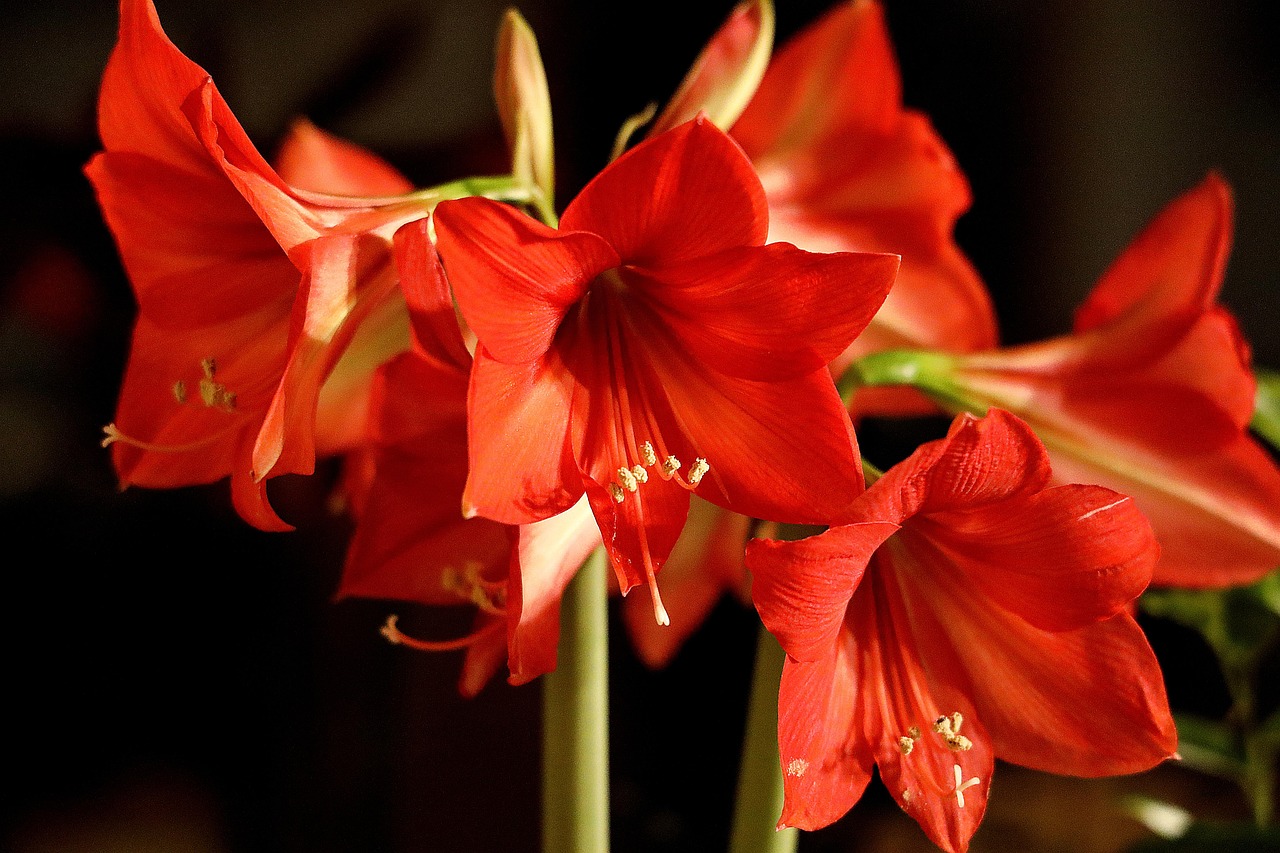
The amaryllis is a bulbous plant that produces large, showy blossoms. With its tall stems and vivid flowers, it has long been cherished as a striking accent both indoors and in gardens.
In this article, I will provide detailed information about the amaryllis—its basic characteristics, cultural and historical significance, and key points for successful cultivation.
Basic Information
- Scientific name: Hippeastrum
- Family: Amaryllidaceae
- Origin: South America (Argentina, Brazil, etc.)
- Appearance: The amaryllis bears large flowers atop sturdy stems. Colors include red, white, pink, orange, and striped varieties. The petals often have a slightly wavy form, while the long, ribbon-like leaves spread gracefully.
- Blooming season: Most commonly from winter to spring, though some varieties bloom in summer. Flowering time can also be adjusted depending on when the bulbs are planted.
Cultural Significance Around the World

The amaryllis is admired worldwide for its elegant and striking presence.
In Japan, it is appreciated as a symbol of spring and is commonly grown in gardens, pots, and public landscapes such as schools and parks.
In Europe, its grand blossoms were favored among royalty and nobility, and it was often cultivated in greenhouses.
In South America, its native land, the amaryllis thrives in natural conditions and is frequently planted in traditional gardens and public squares.
In the United States, it is widely enjoyed as a potted plant or cut flower during the Christmas season.
Historical Background
The scientific name Hippeastrum comes from Greek, meaning “knight’s star,” a reference to its star-like flowers.
The plant was introduced to Europe in the 18th century and soon gained popularity as an ornamental species. Initially referred to simply as “amaryllis,” it was later distinguished from the true Amaryllis genus native to South Africa and classified under Hippeastrum.
By the 19th century, horticulturists had developed numerous cultivars, producing a wide range of beautiful varieties. During the Victorian era in England, the amaryllis was admired for its refined elegance and cultivated in greenhouses and royal gardens.
Gardening Advice
The amaryllis is relatively easy to grow, but with proper care, it can bloom even more beautifully. Here are some essential tips:
Light
Prefers bright light, but should be protected from harsh direct sun to avoid leaf burn. Partial shade is also suitable.
Watering
Keep watering minimal just after planting. Increase water gradually after shoots appear. During the growing season, water generously when the soil surface dries, but avoid excess moisture that may cause root rot.
Soil
Requires well-draining soil. Mixing potting soil with perlite or leaf mold improves growth.
Fertilizer
Apply liquid fertilizer about every two weeks during the growing season. After flowering, reduce feeding and allow the bulb to rest.
Repotting
After flowering, leave the leaves intact so that photosynthesis can store nutrients in the bulb. Every few years, lift the bulb during dormancy and replant in fresh soil to encourage vigorous blooms.
Conclusion
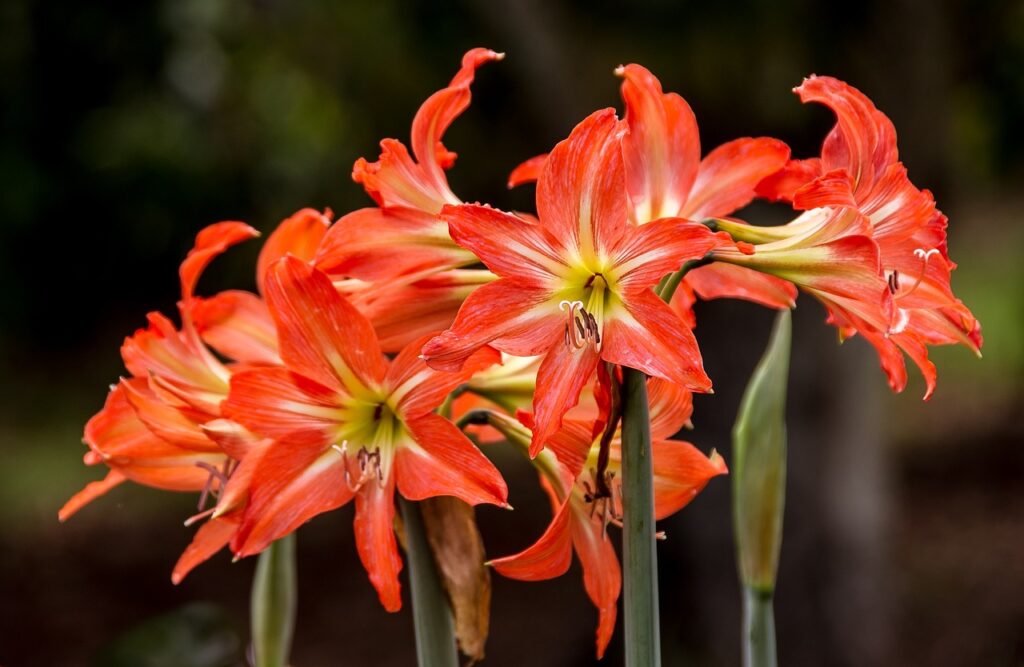
The amaryllis is a bulbous plant renowned for its large, striking blossoms, easily grown both indoors and outdoors.
Cherished in Europe and South America, it has been refined by horticulturists into many varieties. Blooming from winter to spring, it is also a popular choice for Christmas and New Year decorations. With proper light and watering, its beauty can be enjoyed for many years.


